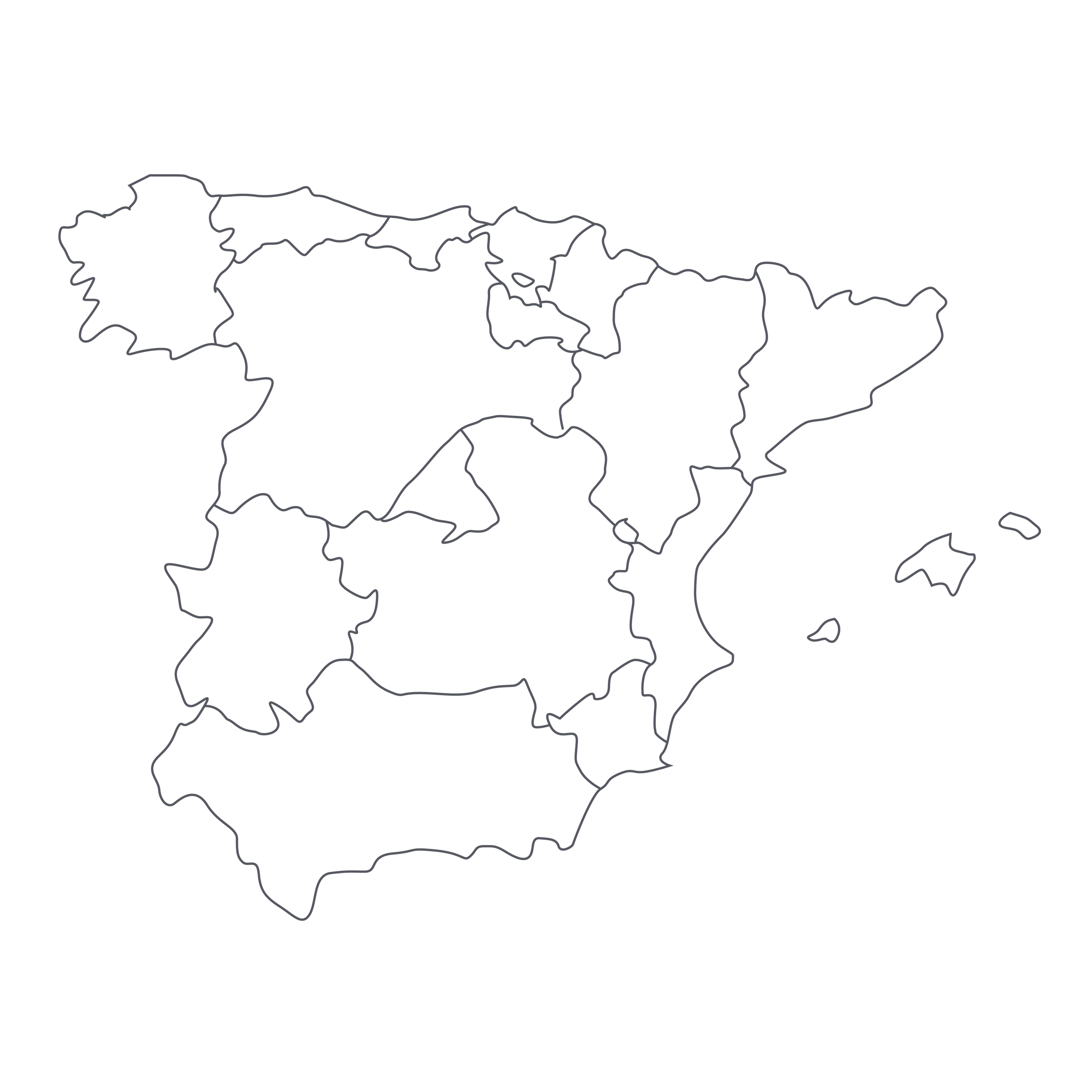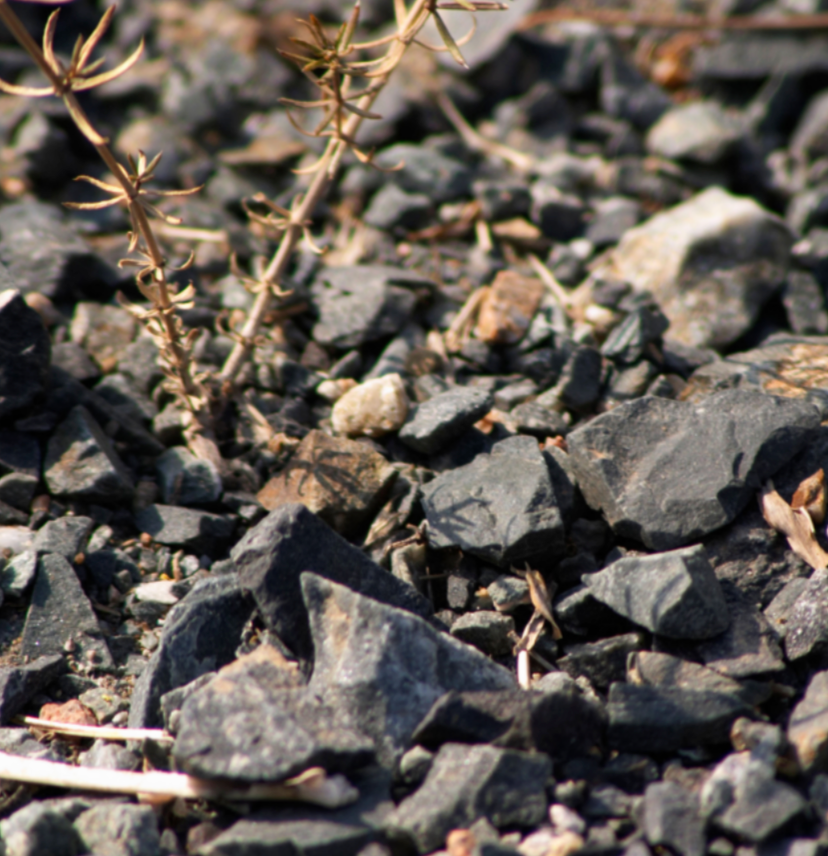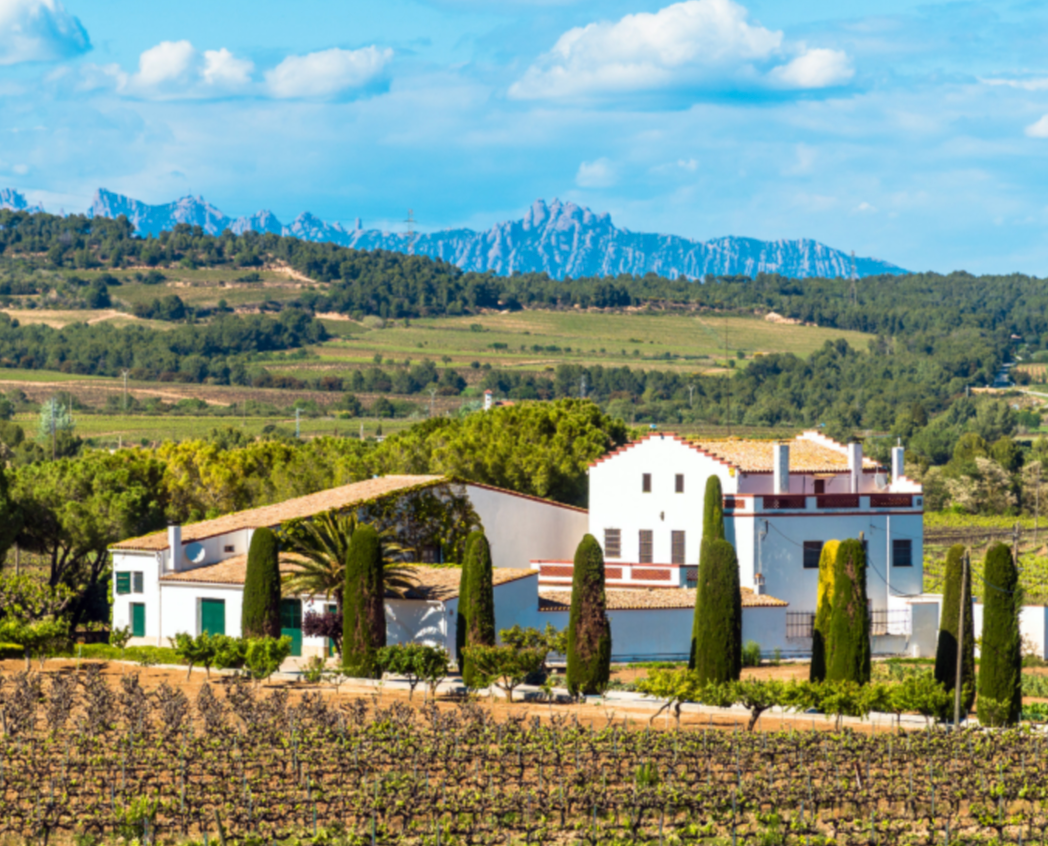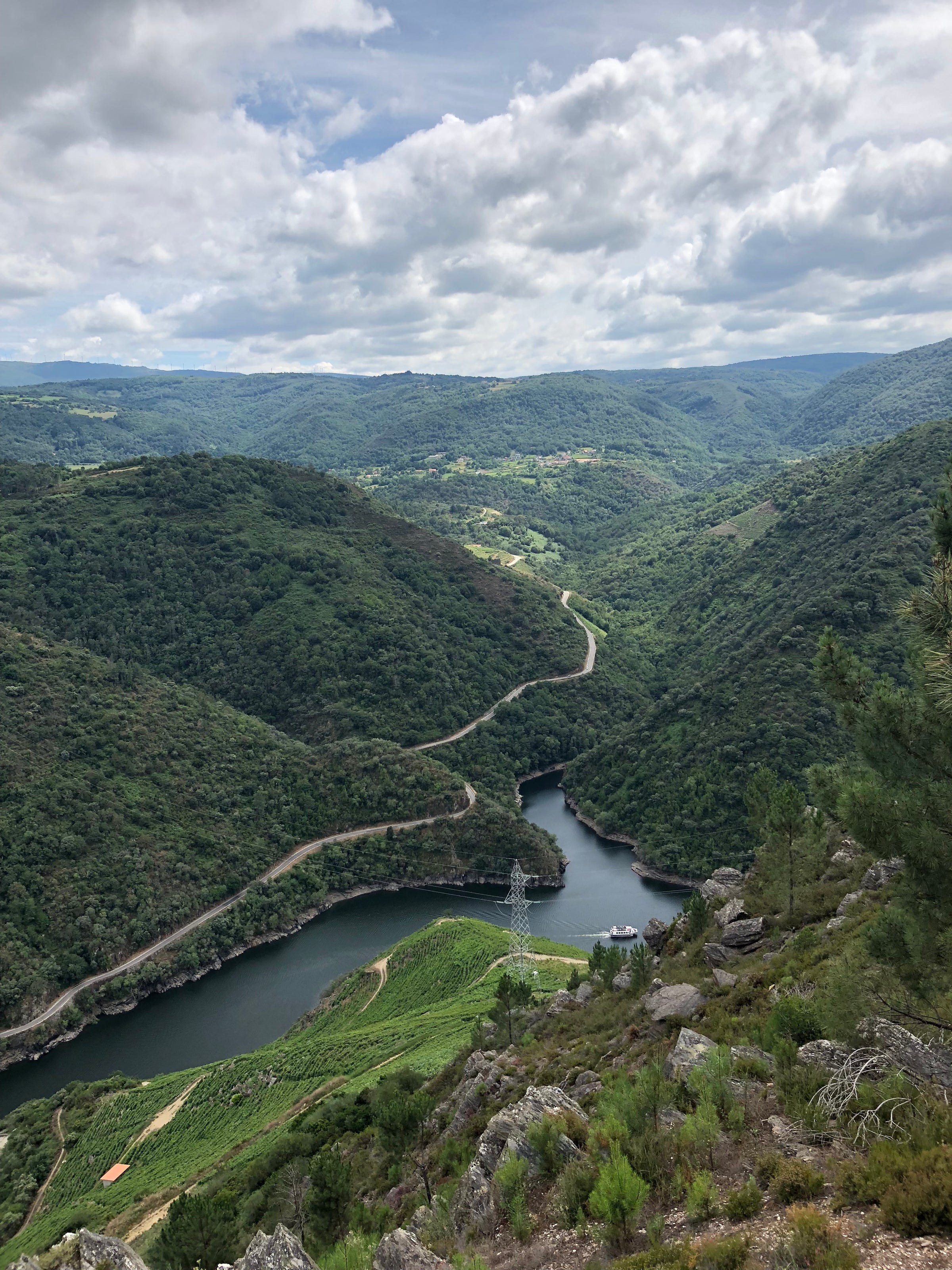The Canary Islands are at or near the top of every sommelier’s Bucket List of wine places to visit. Having recently ‘checked it off’ myself, I’m here to confirm—it’s worth it, and not just for the atmosphere. There are many wine regions where the product doesn’t live up to the history or the setting, but on the island of Tenerife—located off the coast of Morocco but belonging to Spain—there is a renaissance underway.
One leader of this movement is Suertes del Marqués, whose dynamic proprietor, Jonathan García Lima, welcomed me and my colleague, Mark Osburn, to his spectacular cellar last March. Set among vineyards that spill down steep hillsides towards the Atlantic—many of them trained in the traditional cordón trenzado method, wherein the “arms” (cordons) of the grapevine are fashioned into long, winding braids—Suertes del Marqués has introduced the broader wine world to the Valle de la Orotava, an appellation (DO) on the cooler, northern end of the island. In the dark, ashy volcanic soils formed by the nearby Teide volcano, Jonathan works with native varieties such as Listán Blanco and Negro to fashion whites and reds infused with profound mineral depth and cool-climate precision. Today’s 2018, from Listán Blanco, is a stunning example of what’s possible here—I’m not going to say it “tastes like” Premier Cru Chablis, but rather that it channels the spirit of chiseled, high-toned Burgundies and other whites of that ilk. Ultimately, it’s simply too unique, too wholly its own thing, to compare to anything else. What’s most important is that it is delicious, intriguing, pulse-quickening white wine that will likely get better with age. And for just $29 a bottle! This is a renaissance we all need to be a part of!
Today’s 2018 “Trenzado” is part of an extensive, vineyard-specific lineup of whites and reds crafted in a spanking-new winery, which is tucked into a hillside overlooking the ocean. Prior to starting the Suertes del Marqués label in 2006, García Lima’s family had grown grapes in the Valle de la Orotava; they now draw on 11 hectares of organically farmed estate vineyards, along with a host of other local growers who work according to their specifications. The vineyards range from 300 to 750 meters’ elevation, in soils largely comprised of dark, sandy, volcanic ash. As is the case in other such island terroirs (whose soils proved resistant to phylloxera), many of these vineyards contain extremely old vines, including some ungrafted parcels exceeding 100, even 150, years of age. Along with Listán Blanco and Negro, the two best-known native grapes on Tenerife, they also work with Pedro Xímenez, Tintilla, Baboso Negro, and other field-blended local varieties.
Crafted from 95% Listán Blanco (which, it should be noted, is known as Palomino Fino in Sherry/Jerez), today’s white is very naturally made, with no sulfur added during fermentation and the smallest-possible amount added at bottling. Everything is done by hand, including the harvest, of course, which is followed by fermentations on native yeasts in a mixture of concrete tanks and used 500-liter French oak barrels. A similar mix of concrete and used oak is employed for aging, which lasts for about eight months.
Most of the aging wine was left in contact with its lees (spent yeast cells) during this aging period, which lends an otherwise fresh, lip-smacking white some creamy depth and texture. Ultimately, though, the story of this 2018 is its profound mineral component, which not only evokes memories of salty Chablis but flinty, smoky Pouilly-Fumé as well. In the glass, it displays a medium yellow-gold core with silvery reflections, with aromas of salted lemon, citrus blossoms, white peach, Anjou pear, flint, and lots of fresh-rain-on-the-sidewalk minerality. It is medium-bodied, with some richness to the texture, its acidity mouthwatering but not sharp. Put this on a table next to white Burgundies costing twice, even three times, as much and it might well come out the winner—it’s that good. I’d suggest splashing this 2018 in a decanter about 15 minutes before serving in white wine stems at 50 degrees, with just about any type of Atlantic (or, in my case, Pacific) seafood in play as a potential pairing. My next bottle of Trenzado, which I cannot wait to open, will be great with some oysters (not unlike Chablis!). Get a bottle on your table soon; you’ll be glad you did!







